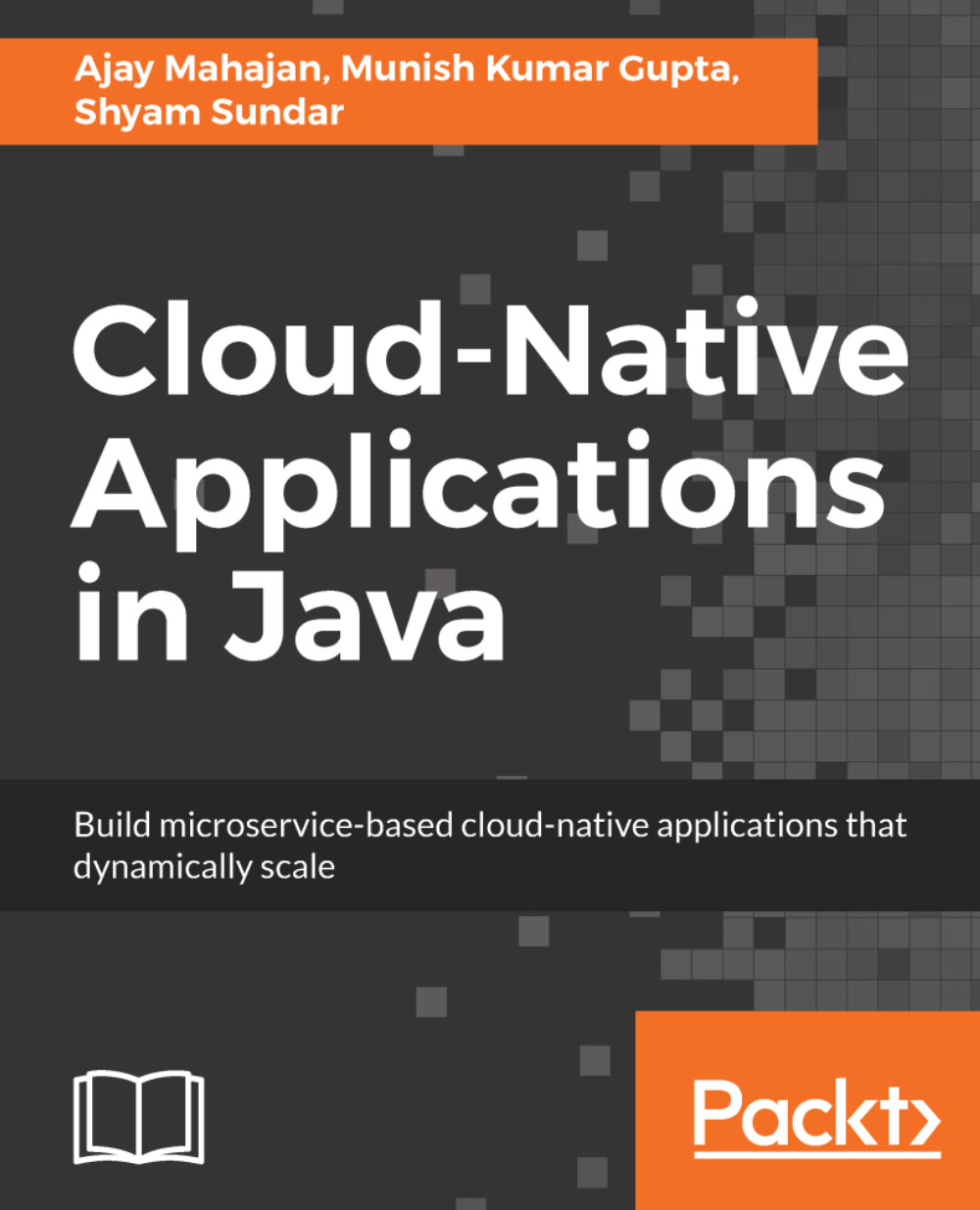Unleashing the Power of Cloud-Native Java: A Comprehensive Guide
Executive Summary
In today's dynamic digital landscape, businesses demand applications that are agile, scalable, and resilient. Cloud-native Java empowers developers to build and deploy applications that seamlessly leverage the power of cloud platforms, unlocking unprecedented levels of innovation and efficiency. This white paper explores the key principles, technologies, and best practices of cloud-native Java development, demonstrating how this approach can revolutionize your software delivery lifecycle.
1. The Rise of Cloud-Native Java
The cloud has transformed how applications are built, deployed, and managed. Cloud-native Java embraces this paradigm shift by embracing principles like:
- Microservices Architecture: Decomposing applications into small, independent services that can be developed, deployed, and scaled independently.
- Containerization: Packaging applications and their dependencies1 into lightweight, portable containers, ensuring consistent behavior across environments.
- DevOps Practices: Fostering collaboration between development and operations teams through automation, continuous integration/continuous delivery (CI/CD), and infrastructure as code.
- Observability: Implementing robust monitoring, logging, and tracing to gain deep insights into application behavior and identify potential issues.
2. Key Technologies for Cloud-Native Java
- Java Virtual Machine (JVM): Optimized JVMs for cloud environments, such as those offered by Oracle, Azul, and OpenJDK, play a crucial role in maximizing performance and resource utilization.
- Spring Framework: A comprehensive ecosystem of libraries and frameworks, including Spring Boot and Spring Cloud, provides powerful tools for building microservices, integrating with cloud platforms, and implementing cloud-native patterns.
- Containers and Orchestration: Leveraging technologies like Docker and Kubernetes for containerization, orchestration, and management of cloud-native applications.
- Serverless Computing: Exploring serverless platforms like AWS Lambda and Google Cloud Functions to build and deploy event-driven applications without managing servers.
3. Benefits of Cloud-Native Java
- Increased Agility: Rapidly develop, deploy, and update applications to meet evolving business needs.
- Enhanced Scalability: Seamlessly scale applications up or down based on demand, optimizing resource utilization and cost-effectiveness.
- Improved Resilience: Build fault-tolerant applications that can recover quickly from failures and disruptions.
- Reduced Time-to-Market: Accelerate software delivery cycles and bring new products and features to market faster.
- Cost Optimization: Leverage the pay-as-you-go pricing models of cloud platforms to optimize costs and reduce operational overhead.
4. Use Cases of Cloud-Native Java
- E-commerce: Build highly scalable and resilient e-commerce platforms that can handle peak traffic and personalize user experiences.
- Financial Services: Develop secure and reliable applications for online banking, trading, and risk management.
- Healthcare: Create innovative healthcare solutions, such as telemedicine platforms and personalized medicine applications.
- IoT: Develop and deploy intelligent IoT applications that collect, process, and analyze data from connected devices.
- AI/ML: Build and deploy machine learning models as microservices, enabling rapid experimentation and deployment of AI-powered applications.
5. Best Practices for Cloud-Native Java Development
- Embrace Microservices Architecture: Carefully decompose applications into well-defined, independent services.
- Leverage Containerization: Utilize Docker and Kubernetes to package, deploy, and manage applications efficiently.
- Implement CI/CD Pipelines: Automate the build, test, and deployment processes to accelerate software delivery.
- Focus on Observability: Implement robust monitoring, logging, and tracing to gain insights into application behavior.
- Embrace DevOps Principles: Foster collaboration between development and operations teams to improve efficiency and agility.
6. Conclusion
Cloud-native Java represents a significant shift in how Java applications are developed and deployed. By embracing microservices, containerization, and DevOps practices, organizations can unlock the full potential of the cloud and gain a competitive advantage in today's fast-paced digital world.
Reference List
- Packt Publishing: (Book Title - Access through your Packt subscription)
- Spring Framework: https://spring.io/
- Kubernetes: https://kubernetes.io/
- Docker: [invalid URL removed]
Disclaimer: This white paper is for informational purposes only and should not be considered financial or legal advice.
Note: This white paper provides a comprehensive overview. You can further enhance it by:
- Adding specific examples and case studies.
- Including diagrams and visuals to illustrate key concepts.
- Expanding on specific technologies and tools relevant to your target audience.



